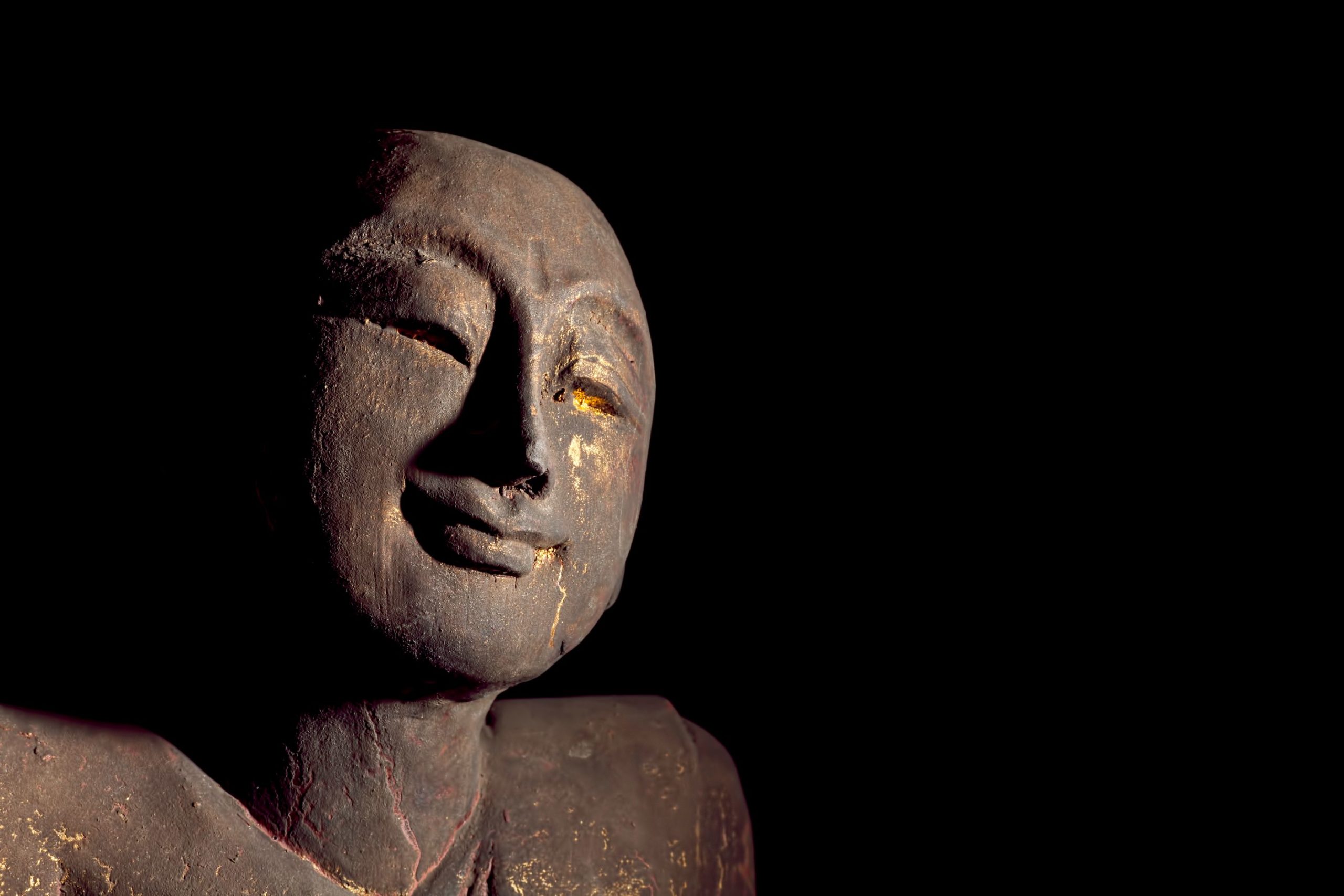Apr 08, 2020 | By

A calendar notification gives Steve time to put aside what he was working on, close his office door and ask his assistant to keep him free from distractions for the next twenty minutes.
He settles back into his chair, sitting slightly forward so that his is back is straight with his feet are flat on the floor. He gently closes his eyes and spends a few moments letting his body settle into his meditation posture.
He slowly brings his full consciousness into the room, noticing the sensations in his body and the sounds of his environment. He then brings his awareness to his breath, without changing the pattern of his breathing he just observes. He says quietly to himself, “in” as he inhales and “out” as he exhales. Between breaths, he brings his attention to the points where his body touches the chair, where his feet touch the floor.
He allows his mind to absorb into his breath, letting all other thoughts and feelings go. When his attention wonders, he simply say’s “thought” to himself and brings his attention back to his breath. He allows his mental business to dissolve into the breath and enjoys a deep sense of peace and stillness as the clarity of his mind is revealed.
A chime on his phone marks the 20th minute. He relaxes his concentration and gently arises from his meditation. He feels the familiar sense of clam, mental space and peace that has seen him meditating like this twice a day for the last five years. It is his most powerful and important leadership tool, so simple yet so effective. He cannot imagine doing his job effectively without it.
Mindfulness has been described as“a mental state achieved by focusing one’s awareness on the present moment, while calmly acknowledging and accepting one’s feelings, thoughts, and bodily sensations.”
The meditation described above is one of a number of mindfulness tools which also include journalism, breathing, yoga, walking, prayer, music, nature – anything that allows us to come back to the present moment, clear the mind and focus on what is really important.
The constant bombardment of data and distraction that is the modern world, is a direct challenge to our ability to think clearly and make complex decisions. It has never been more important for leaders to be focused and fully present; to be mindful.
There is a growing body of research into the benefits of mindfulness meditation, two key studies being those conducted by Harvard and Yale.
The eight week Harvard study (Harvard Gazette, 2018) found that mindfulness meditation thickened the prefrontal cortex, the region of the brain responsible for rationality, logic and calmness; thickened the hippocampus, responsible for memory, learning, emotional regulation and self-awareness; and decreased the volume of the amygdala, responsible for fear, anxiety and stress. All the volunteers in the study reported a general improvement in their sense of well being.
A Yale university study conducted in 2011 found that mindful meditation decreases activity in the default mode network (DMN) of the brain, the wondering mind where ruminating, worrying and depression occur; and increased engagement of the task positive network (TPN) responsible for focus and attention.
The great eastern mediators point to the development of compassion, concentration and wisdom as the true meaning and benefits of mindfulness meditation, all of which are essential qualities for an effective leader.
Through mindfulness practices, leaders are engaging upon a path that gradually develops and integrates their heart and mind – deepening self-awareness, improving intentionality indecision making and strengthening the quality of working relationships.
A mindful leader naturally brings his or her focus, clarity, creativity and compassion to the service of others. These excellent leadership qualities become embodied, flowing down to create a focused, clear, creative and compassionate organisation that can cut through the distraction and business of everyday work and find the space for excellence.
It enables people to be more truly aware of what is going on, to listen em-pathetically to each other, to slow down and take stock of situations and connect fully around solutions. It helps create an organisation that is clear about its purpose and values, what it is up to and what is really important. Such an organisation does not arise organically, it is the creation of mindful leadership.
What are the characteristics of a mindful leader, what does it look like? Some of the qualities of a mindful leader are as follows:
It is simple to develop a mindfulness practice. The ancient Buddhist breathing mediation described above is tried and tested; known for its power, effectiveness and simplicity. The challenge is having the disciple to do it – every day, without fail. It is a training, and like any training it requires daily practice, but the benefits are deeply profound, and the rewards are felt well beyond the workplace.
If you can find twenty minutes every day for the next month to meditate, chances are that you will not want to stop, and you will be well on your way to being an even better mindful leader. Whilst the world is locked down, now is the time – what is stopping you?
